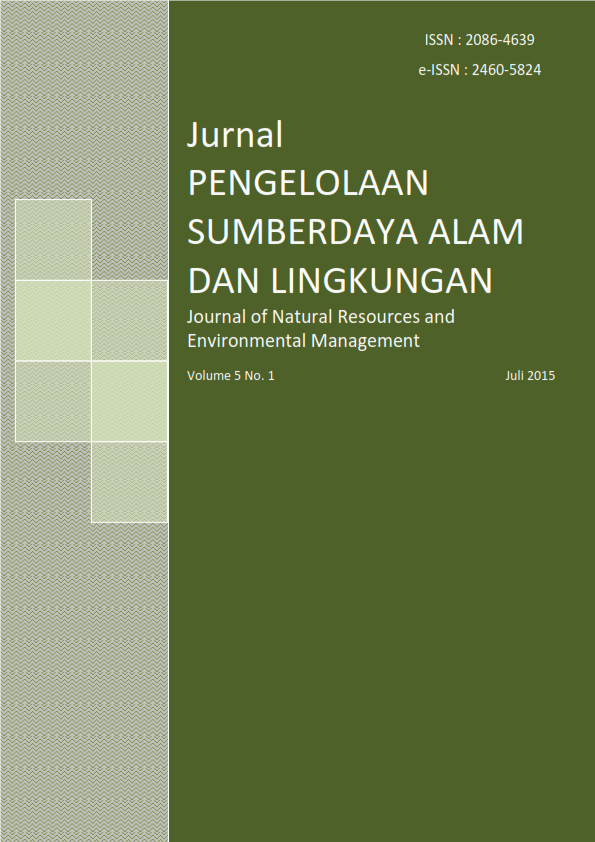PENERAPAN PRODUKSI BERSIH UNTUK PENANGANAN AIR TERPRODUKSI DI INDUSTRI MINYAK DAN GAS
Abstract
Produced water is the largest volume waste from oil and gas productions especially from old well and had a complex mixture of organic and inorganic compounds like BTX, phenol, and TDS. The untreated produced water discharges may be harmful to the surrounding environment, so is necessary to have produced water management that tend to have reduce a risk for the enviroment and human. Cleaner Production (CP) is a continuous application of an integrated, preventive, environmental management strategy to increase overall efficiency and to reduce risks to humans and environment. the aims of this research are (1) identify cleaner production opportunities from produced water management which can be implemented in company (2) solved a problem from existing produced water management. Research can be done by primary and secondary data collecting direct field observation, and laboratory analyze of produced water. Analysis were done by using Quick Scan that consisted in two phase, preparation and implementation, evaluation of Cleaner Production opportunities and evaluation of environmental and economic assessment. The result showed that Produced water is the largest volume waste from oil and gas production with a total value worth 3.939.370 barel for 2012 and also water injection is the most effectif and effcien technology to manage produced water than those other surface discharge methods for company. Replacement of produced water pipes from type B to type A is the application of Cleaner Production opportunities in companies that benefit from the economic and environmental.
Keywords: produced water, cleaner production, water injection
Authors
Authors who publish with this journal agree to the following terms:
- Authors retain copyright and grant the journal right of first publication with the work simultaneously licensed under a Creative Commons Attribution License that allows others to share the work with an acknowledgement of the work's authorship and initial publication in this journal.
- Authors are able to enter into separate, additional contractual arrangements for the non-exclusive distribution of the journal's published version of the work (e.g., post it to an institutional repository or publish it in a book), with an acknowledgement of its initial publication in this journal.
- Authors are permitted and encouraged to post their work online (e.g., in institutional repositories or on their website) prior to and during the submission process, as it can lead to productive exchanges, as well as earlier and greater citation of published work (See The Effect of Open Access).






